Growing Primrose - Primrose Plants In Your Garden
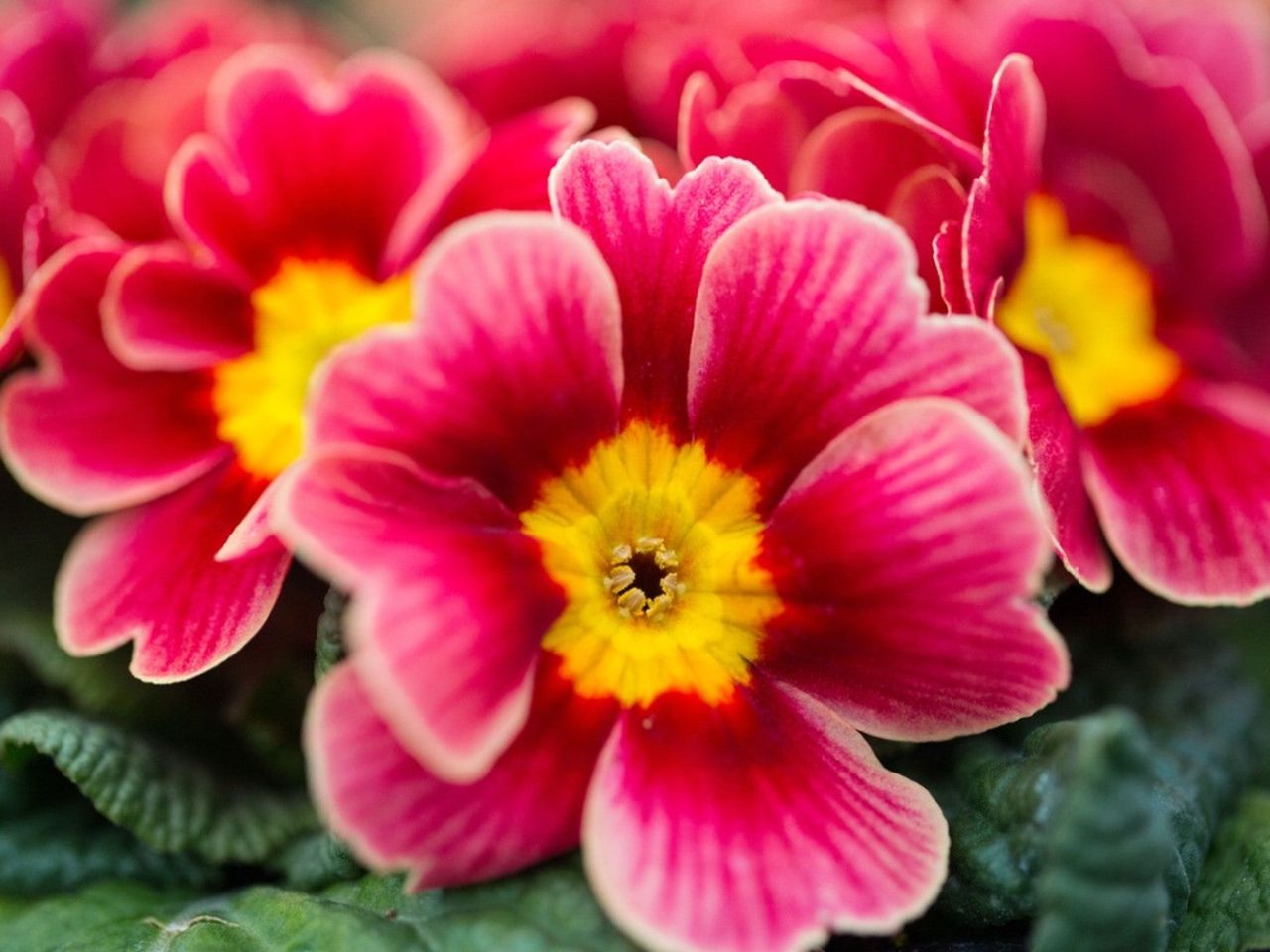

Primrose flowers (Primula polyantha) bloom in early spring, offering a variety of form, size, and color. They are suitable for use in garden beds and borders as well as in containers, or for naturalizing areas of the lawn. In fact, when given the proper growing conditions, these vigorous plants will multiply each year, adding stunning colors to the landscape.
Blooming often lasts throughout summer and in some areas, they will continue to delight the fall season with their outstanding colors. Most primrose flowers seen in gardens are Polyanthus hybrids, which range in color from white, cream and yellow to orange, red and pink. There are also purple and blue primrose flowers. These perennial plants prefer damp, woodland-like conditions.
Growing Primrose Plants
Growing primrose is easy, as these plants are quite hardy and adaptable. You can find primrose perennials at most garden centers and nurseries. Look for primroses that are healthy in appearance, preferably with unopened buds. Primroses can also be grown from seeds with an equal mixture of soil, sand and peat moss. This can be done indoors or out depending on the time of year and the climate in your area.
Generally, seeds are sown indoors (outdoors in cold frames) during winter. Once seedlings have obtained their second or third leaves, they can be transplanted into the garden. Cuttings can also be taken from some varieties during summer.
Primrose Care
Primrose perennials should be planted in lightly shaded areas with well-drained soil, preferably amended with organic matter. Set primrose plants about 6 to 12 inches (15-30 cm.) apart and 4 to 6 inches (10-15 cm.) deep. Water thoroughly after planting. Add a layer of mulch around the plants to help retain moisture. Continue to give your primroses thorough watering throughout the summer months, about once a week or more during periods of drought, but let off once fall approaches.
The primrose flower also appreciates light applications of organic fertilizer throughout the growing season. Keep primrose plants looking their best with regular pruning of dead leaves and spent blooms. If you want to collect the seeds of your primroses, wait until late summer or early fall before taking them. Store them in a cool, dry place until the following planting season or sow them in a cold frame.
Problems with Primrose Perennials
Slugs and snails are common pests affecting primrose plants. These can be controlled with non-toxic slug bait placed around the garden. Spider mites and aphids may also attack primroses but can be sprayed with soapy water. If primrose plants are not getting enough drainage, they may also be prone to crown rot and root rot. This can be easily fixed by amending the soil with compost or relocating the plants to a well-drained site.
Gardening tips, videos, info and more delivered right to your inbox!
Sign up for the Gardening Know How newsletter today and receive a free copy of our e-book "How to Grow Delicious Tomatoes".
Too much moisture can also make the primrose flower susceptible to fungal infections. This can often be prevented by using good watering habits and adequate spacing between plants. Growing primroses is easy when given the proper growing conditions and following primrose care guidelines.

Nikki Tilley has been gardening for nearly three decades. The former Senior Editor and Archivist of Gardening Know How, Nikki has also authored six gardening books.
-
 Ultimate Potted Flowers For Spring: 8 Brilliant Blooming Options for Spring Containers
Ultimate Potted Flowers For Spring: 8 Brilliant Blooming Options for Spring ContainersCelebrate the most uplifting of seasons with the most dazzling container flowers imaginable. Here, we present some of the loveliest potted flowers for spring…
By Tonya Barnett
-
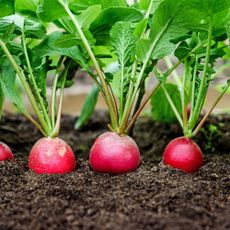 Never Use Homemade Compost Until It Passes This Simple Radish Test
Never Use Homemade Compost Until It Passes This Simple Radish TestThe radish test is a foolproof trick for knowing whether your homemade compost is ready for planting – or if it could harm the health of your plants.
By Mary Ellen Ellis
-
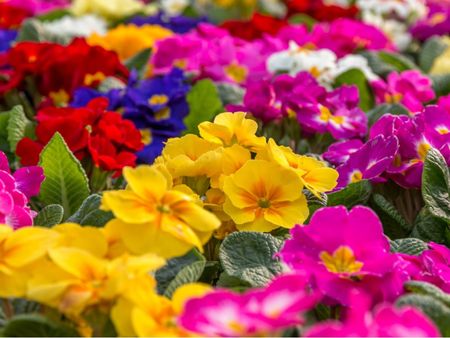 Primrose Plant Problems: Common Diseases And Pests Of Primula
Primrose Plant Problems: Common Diseases And Pests Of PrimulaProper planting and culture can prevent many primula plant problems, but it is a good idea to become familiar with some of the diseases and pests of primula. This article provides more information on common problems with primroses.
By Tanya Hein
-
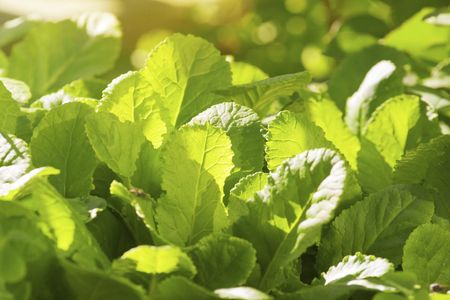 Yellowing Primrose Plants: Why Are Primrose Leaves Turning Yellow
Yellowing Primrose Plants: Why Are Primrose Leaves Turning YellowSometimes, you may discover what you thought to be healthy primrose leaves turning yellow, which can put a real damper on an otherwise happy celebration of spring. Learn how to treat yellow primrose leaves in this article.
By Liz Baessler
-
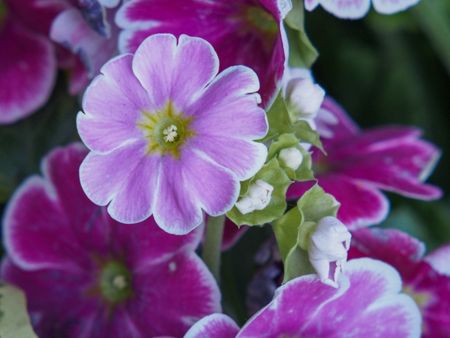 German Primula Info: Tips On Caring For Primula Obonica Plants
German Primula Info: Tips On Caring For Primula Obonica PlantsGerman primrose plants produce beautiful blooms in a wide variety of colors for many months at a time, and can be very rewarding to grow. Click this article for more German primula information and try your hand at growing them.
By Liz Baessler
-
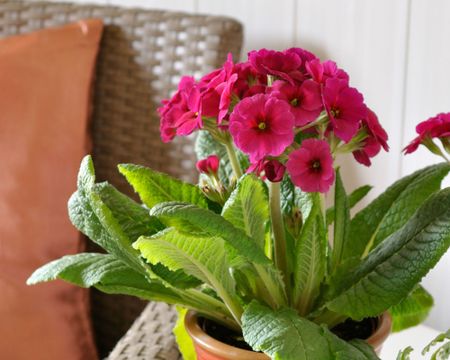 Growing Primroses Indoors: Tips For Primrose Indoor Care
Growing Primroses Indoors: Tips For Primrose Indoor CareThe cheery flowers on primroses can chase away wintera??s dreariness, but they also leave many owners asking how to grow primrose indoors. Primrose indoor care is important, and this article will help.
By Heather Rhoades